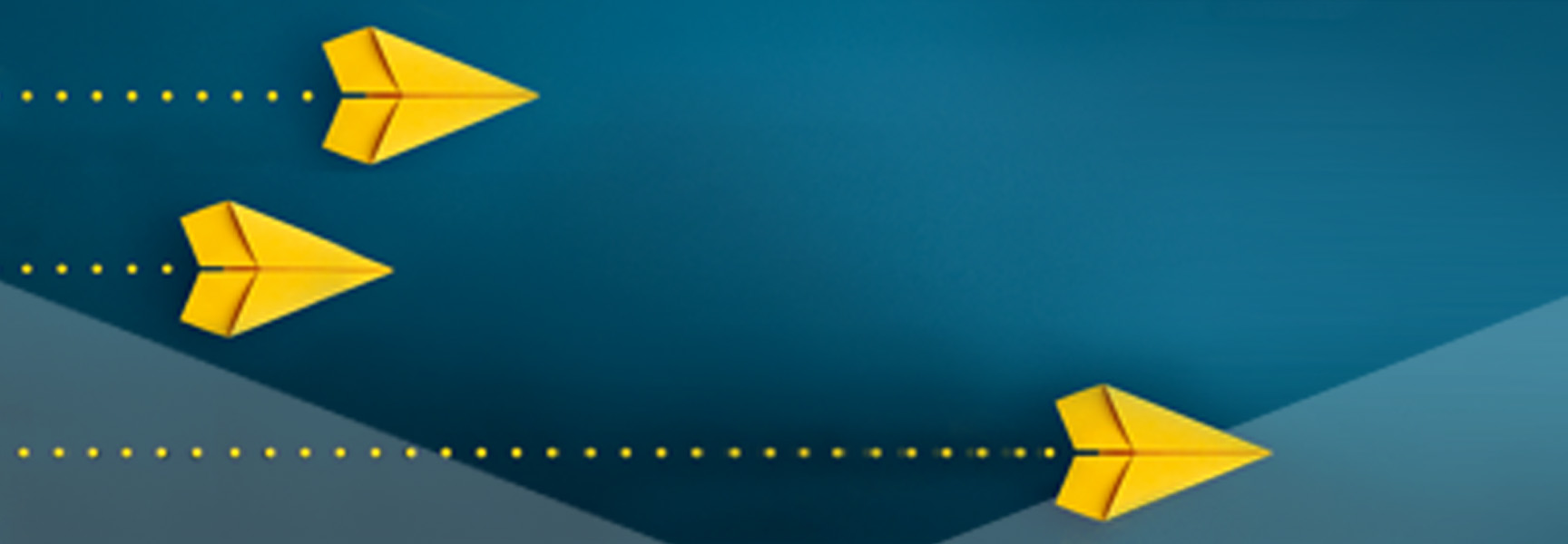RESULTS
Self-selected goals led to a 30.4% sales increase, while those without goals saw a 13.8% decline. 51.6% of participants performed above baseline, achieving a $609,000 sales lift and a program return on investment (ROI) of 1,013%.
Industry
Automotive
Problem space
Sales team motivation
Channel engagement
Services
Contests and incentives
Communications
Technology
GoalQuest®
Overview
BI WORLDWIDE Canada recognized the need for a sales incentive program to increase new truck sales. By implementing a GoalQuest® incentive structure, sales increased 30.4% over the previous year’s baseline.
Situation
A leading manufacturer of automotive vehicles wanted to increase their new truck sales.
Challenge
Increase sales year-over-year during a slow sales period.
Solution
BI WORLDWIDE Canada designed and operated a 90-day GoalQuest® incentive structure involving 150 fleet sales managers.
Results
- Goal selection: Self-selected goals drove performance. Those who selected goals increased their sales +30.4% over baseline. Those who did not select a goal had sales go down -13.8% of baseline during the program.
- Achievement: 51.6% of the audience performed over baseline.
- Segment performance: The greatest improvement came from the historically middle and lower baseline participants with 113% sales lift. Additionally, previously unengaged sales managers (0 sales history) drove sales through the incentive period and beyond.
- Return on investment: Sales lift was $609,000 with a program ROI of 1,013%.
See what GoalQuest® can do for you
Download the full case study for more details.
Thought Leadership
Learn from the best. BIW thought leaders bring you a deeper look at the business of inspiration.
-

Article
How merchandise inspires action and strengthens brands
It’s important to take a strategic approach to merchandise and awards, ensuring that every award serves a purpose, reinforces action, tells a story, and creates lasting connections between the recipient and the brand. Incentives only work when they inspire action. Whether engaging employees, customers, or partners, the first question to ask is, “What’s in it […]
-

Article
Employee recognition’s impact on business results
We want to know your big goals. Are you trying to launch a new product while phasing out an old one? Do you need to increase your market share or double your revenue over the next five years? Maybe you want to boost your Net Promoter Score by at least 20 points. Big goals are […]
-

Article
Building customer loyalty in a click-and-swipe-world
The customer loyalty landscape has undergone significant transformations due to the speed of technological advancements, data availability, and customer expectations. Is your loyalty program keeping pace? From fragmented to holistic Today, your customers have multiple ways to connect with your brand, including email, virtual meetings, texts, web- and app–based transactions, and social media platforms. This […]



